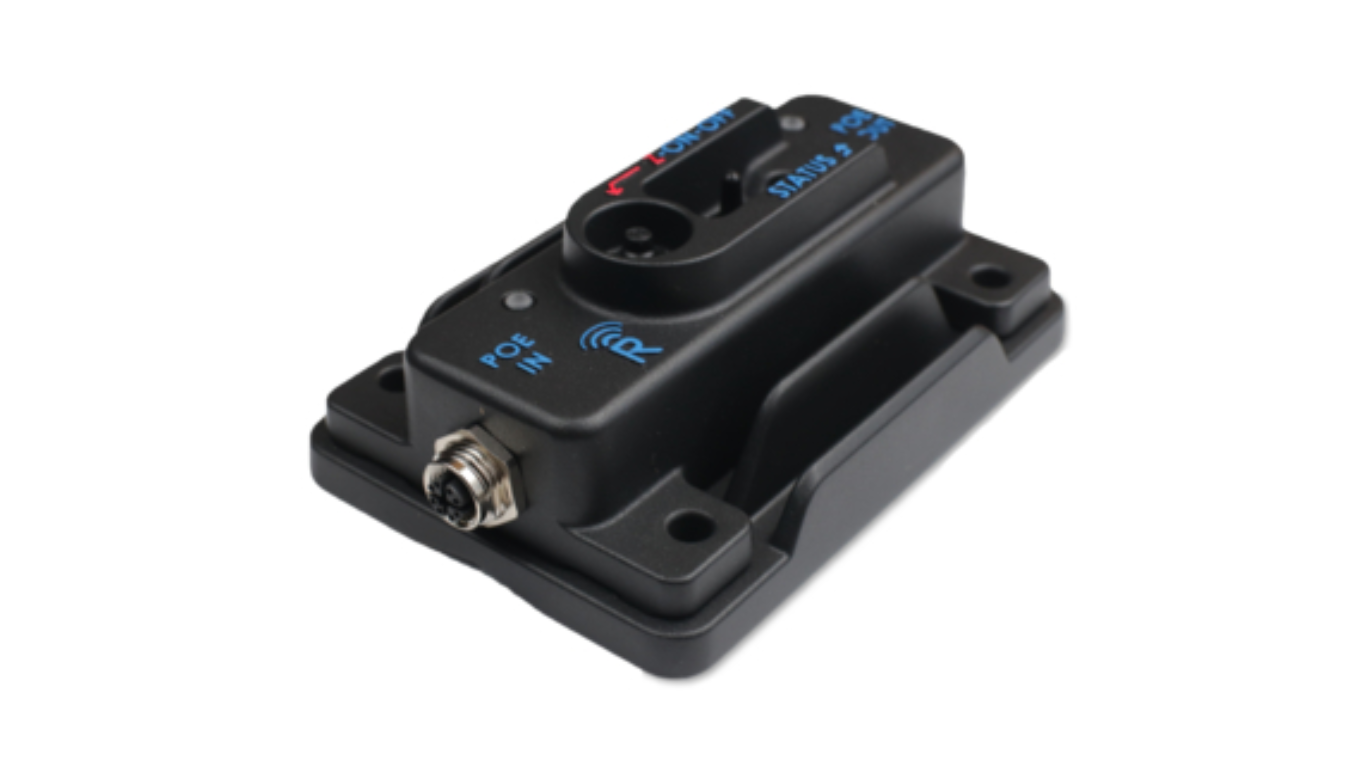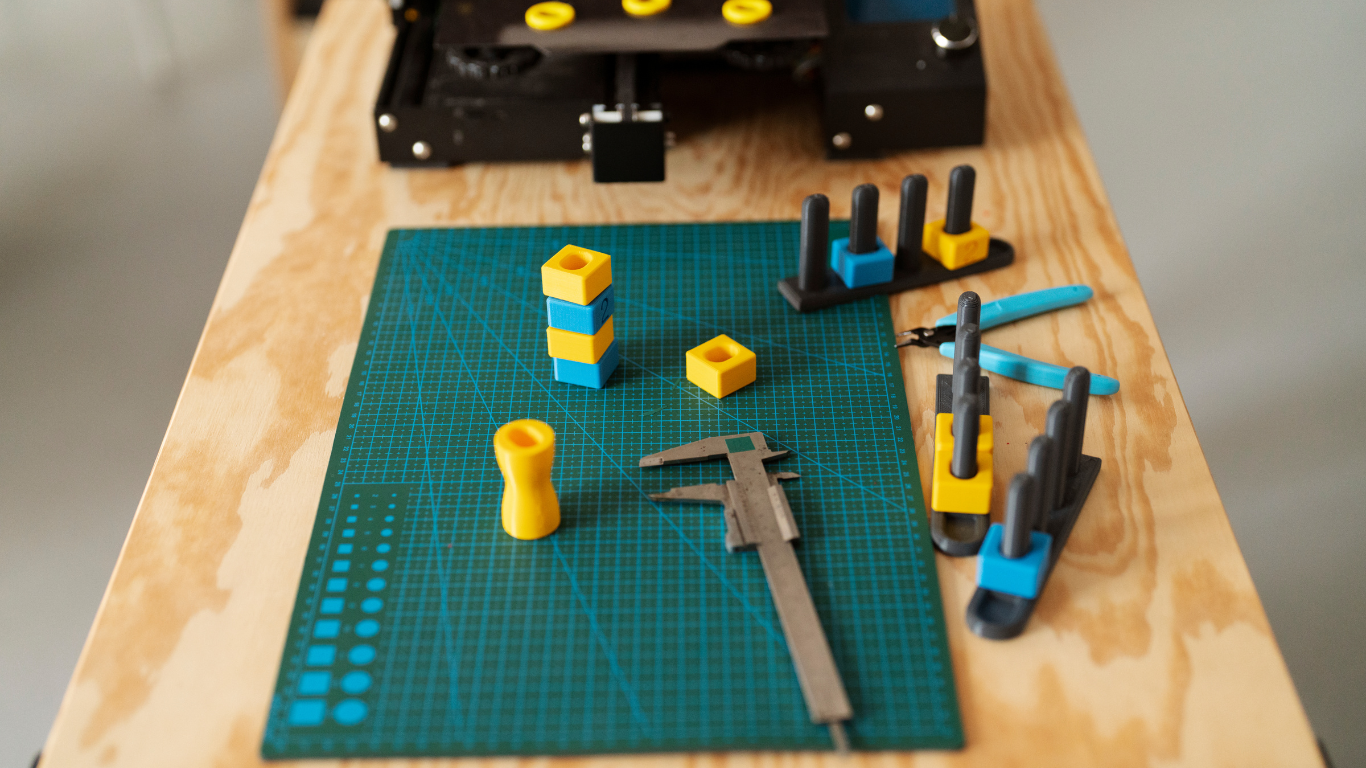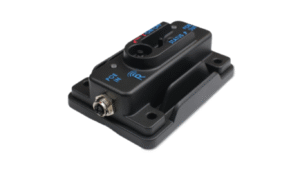Excessive vibration in industrial gearboxes is more than a nuisance. It is often an early indicator of developing mechanical problems that can lead to reduced efficiency, unplanned downtime, or even catastrophic failure. Falk gearboxes are widely known for their durability and load-handling capacity, but like any mechanical component, they are susceptible to issues when subjected to prolonged operational stress or improper maintenance.
In this article, we’ll walk through the common causes of excessive vibration in Falk gearboxes, how to accurately identify it, and the most effective steps for correction.
Recognizing the Warning Signs
Not all vibration is problematic. Some level of oscillation is expected in rotating machinery, especially under heavy loads or variable operating conditions. The challenge lies in distinguishing between normal and excessive vibration. Unfortunately, it is often ignored until it begins affecting performance or safety.
Early warning signs include:
- Noticeable increases in noise during operation, especially during startup or shutdown
- Elevated gearbox temperatures, which may point to internal friction or lubrication issues
- Worn seals, oil leaks, or misaligned couplings
- Visible vibration in surrounding structures, support frames, or adjacent equipment
Instrumentation can help confirm and quantify these concerns. Vibration analysis tools, coupled with temperature and oil condition monitoring, can detect small changes before they escalate into failures. For many engineers, this data forms the backbone of a predictive maintenance program.
Common Root Causes of Vibration in Falk Gearboxes
There are several mechanical and operational causes that can lead to vibration issues. Some of the most frequent include:
Shaft Misalignment
One of the primary causes of excessive vibration is misalignment between the gearbox and connected machinery. Even a minor deviation can generate significant radial or axial loads that stress bearings and gears. Precision alignment tools, such as laser alignment systems, offer highly accurate measurements that minimize human error.
Gear Wear and Backlash
Over time, gear teeth can wear due to load cycling, contamination, or lubrication deficiencies. Worn teeth can create uneven contact surfaces, leading to noise and vibration under load. Excessive backlash, especially in older gearboxes, can also contribute to cyclical loading patterns that further aggravate vibration.
Loose Fasteners and Structural Issues
Vibration can be amplified by loose mounting bolts or compromised support structures. In some cases, cracks in the gearbox housing or frame can alter stiffness and lead to resonant vibration. Routine torque checks and structural inspections should not be overlooked.
Unbalanced Couplings
If the coupling between the gearbox and motor is out of balance, the rotating system can introduce dynamic forces that generate persistent vibration. This issue may surface after motor replacements or reassembly, particularly if balancing procedures are skipped.
Lubrication Problems
Inadequate lubrication, or the use of incompatible lubricants, can accelerate gear and bearing wear. Falk gearboxes have specific oil requirements, and it is critical to use the recommended viscosity grade and additive formulation. Overfilling or underfilling can both result in inefficient operation and increased vibration.
Corrective Measures and Practical Solutions
Addressing excessive vibration begins with a detailed inspection, guided by data from vibration sensors or handheld analyzers. Once the root cause is identified, corrective action typically involves one or more of the following:
- Realigning shafts using precision tools to ensure accurate coupling geometry
- Rebalancing couplings if recent maintenance introduced imbalance
- Replacing worn components such as gears, bearings, or seals, particularly when signs of pitting or scoring are visible
- Verifying lubrication levels and specifications, adjusting as needed using approved lubricants like Mobilgear 600 series or equivalents
In more complex cases, a full teardown may be required. However, many vibration issues can be corrected in-place if caught early, minimizing production impact.
Tools and Techniques for Diagnosis
Accurate diagnosis requires the right tools. Field technicians and engineers often rely on:
- Vibration meters such as the Fluke 805 or SKF CMAS 100-SL, for portable assessments
- Laser alignment systems like those from Prüftechnik or Easy-Laser
- Thermal imaging cameras to detect abnormal heat signatures in bearings or housings
- Dial indicators and feeler gauges for measuring shaft deflection and backlash
For sites without in-house diagnostics, many service providers offer on-site vibration analysis and laser alignment, often saving time and reducing the likelihood of misdiagnosis.
Managing Recurring Vibration Issues
Some vibration problems are not isolated events but symptoms of broader systemic issues. If a gearbox consistently exhibits elevated vibration levels, even after repairs, the cause may lie in the system design, installation quality, or operating conditions.
Long-term vibration trend analysis can help identify these patterns. Recording vibration levels across weeks or months allows engineers to correlate data with operational variables such as load, temperature, or process speed. In some cases, it may be necessary to reevaluate the suitability of the gearbox model for its current application.
Establishing a formal predictive maintenance strategy, rather than relying on reactive fixes, is often the most cost-effective path to improving gearbox reliability over time.
Final Thoughts
Excessive vibration in Falk gearboxes is a serious issue that can compromise reliability and safety if left unaddressed. The good news is that most causes are identifiable and correctable with the right approach and tools.
By paying close attention to early warning signs, maintaining precise shaft alignment, ensuring proper lubrication, and using modern diagnostic equipment, engineers can reduce downtime and extend gearbox life. Regular monitoring and a disciplined maintenance routine will not only improve performance but also minimize unexpected failures.
If recurring vibration issues persist, consulting with a gearbox specialist or conducting a detailed vibration analysis may provide deeper insights into the root cause. For facilities experiencing consistent mechanical problems or equipment downtime, working with a dedicated Falk gearbox repair service can streamline both diagnostics and long-term reliability improvements.
Article received via email






























